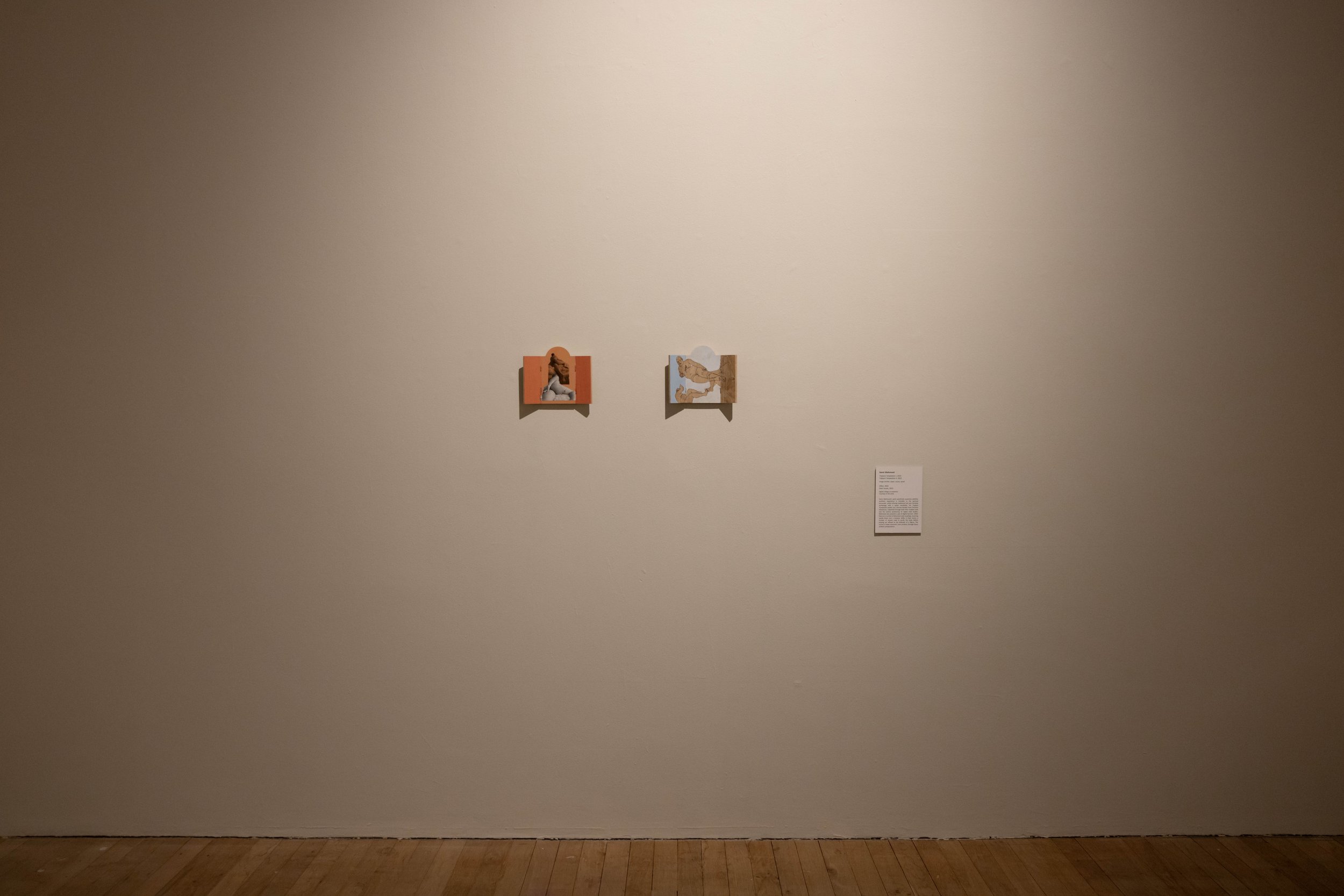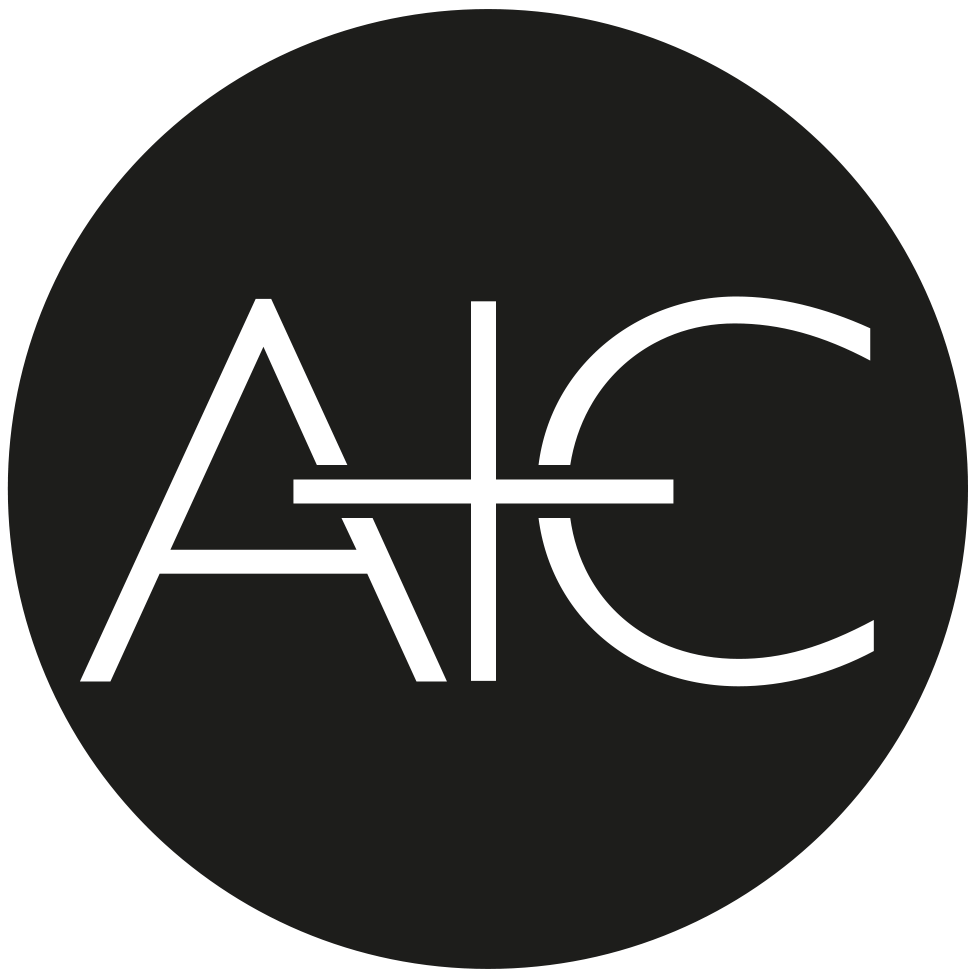‘Mysterious Ways: Art, faith and transcendence’
29 March – 7 July 2024
The Glucksman
University College Cork
























The Glucksman Gallery, nestled among the trees on the grounds of University College Cork, has won many architectural awards and accolades since it was built in 2004. Its simple treehouse-like exterior belies its complex inner world: an arrangement of interlocking exhibition rooms and spaces spread over three floors.
The two uppermost floors are currently given over to Mysterious Ways: art, faith and transcendence. Curator, Chris Clarke has brought together the work of nine artists in an exhibition which invites viewers to transcend the everyday and witness the ways in which art and belief continually respond to, and reflect upon each other.
The exhibition begins in a small, darkened room with Jonathas da Andrade’s film, O Peixe (The Fish). Stylistically; it resembles an old-fashioned ethnographic tv documentary. The camera slowly follows fishermen of the Brazilian Nordeste as they go about in boats and hunt their slippery prey. They seem entirely unaware of the camera until they catch a fish, when their actions become more pointedly performative. Facing the camera, they carry out a traditional ‘death ritual’: cradling, comforting and holding the fish while it gulps for water and, finding only air, eventually dies. This strange act, which is shown several times throughout the film, mixes incredible tenderness with violence and domination. Does it matter that this whole ritual is a figment, invented by the artist? No, it does not. If you are going to experience this exhibition as intended, you have already left your disbelief at the door.
After the darkness of the video room, the next space is light and airy. The brightly coloured polyester banners of Samir Mahmood hang in the breeze. Below are tiny, wall-mounted triptychs which contain symbolism borrowed from both Sufi and Christian traditions along with depictions of naked male bodies. Mahmood’s work explores how the aesthetic experience relates to spiritual encounters. In the same room, Shirazeh Houshiary’s Resonance, 1994, series reveals its secrets slowly. What at first seem like large, monochrome works are actually made up of layers of writing so closely enmeshed as to be illegible. On closer inspection, universal forms emerge: circles, crosses and squares. The visual experience transcends language and its closed readings.
On climbing the stairs to the next level, Hermann Nitsch’s gigantic Schüttbild, 2013, comes into view like a rising sun. This bright yellow canvas is covered in deep, thick finger trails. It is the colour of joy, light and resurrection. A paint-drenched garment sticks to the upper part of the canvas, sleeves outstretched. Nitsch and his fellow Viennese ‘Actionists’ emerged in the context of a shaken post-war Europe to produce controversial and shocking work. Performances often included blood, animal carcasses and other elements unsuitable for the squeamish. He offended a great many people during his lifetime through his aktionen (actions), but Nitsch always maintained that the goal was not to cause offence or create controversy. He was, he said, ‘just showing to the people what is already there’.
Extending outwards at least a foot from the opposite wall is a large and orderly grid-like installation. This is Jennifer Tee’s Mental Plane – Physical Plane, 2018, which explores life’s tenuous connections and our ways of constructing realities. Tangible objects (glazed ceramic domes and snakes and other sculptural things) are attached to the grid at intervals alongside several framed photographs. It takes a moment to realise that the objects themselves appear as characters in the photographs. It takes another moment to start hearing voices, drumming and ululating. These sounds emanate from Grace Ndiritu’s film, Labour – Birth of a New Museum (2023). It is part of a body of work which began in 2012 called Healing the Museum, through which Ndiritu sought to re-activate the sacredness of art spaces. On the ground, there is a specially created carpet which is available to visitors, should they wish to gather there and feel the transformative energy.
The exhibition continues around the corner, where Ana Mendieta’s Volcán, 1979, photographs are arranged in sequence. The images show a tightly packed mound of earth with a human-shaped hole in the middle, which goes on fire, burns, and then goes out. The artist, who was torn from her homeland (Cuba) in adolescence has said of her ritualised earth-based works, ‘It is a way of reclaiming my roots and becoming one with nature.’
Finally, Austin Hearne’s Nursery for the Cardinal’s Baby, 2024, is so enormous (taking up the entire wall, floor to ceiling) that it’s actually possible not to see it at first. Adhering to the wall are huge wallpaper lozenges, circles, rectangles and squares in pastel colours. In the middle of the wall there is a vintage baby cot which has been disassembled and splayed out in cruciform. Hearne is troubled by the Roman Catholic domination of Ireland. He explores this preoccupation by embedding real people as characters in imaginary scenarios, creating a cartoon reality where fact and fiction merge. This exhibition is suffused with an atmosphere of mystery, hidden logic, dual realities. From the tender caresses of de Andrade’s fishermen to Hearne’s sinister exploded nursery, there are points at which, as a viewer, you will be invited to transcend the ordinary and to experience art as a moment of spiritual awakening. All you have to do is believe.
Orla Byrne is an artist and PhD candidate at MTU Crawford, Cork.
